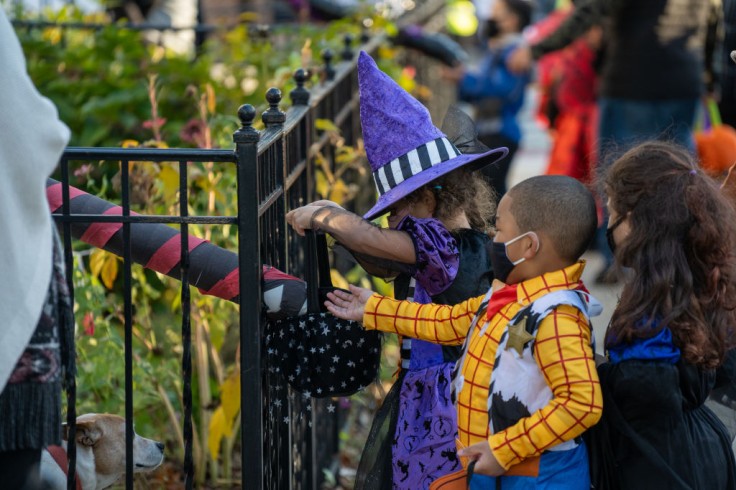
The festive season of Halloween brings with it not only the excitement of costumes and decorations but also the looming specter of rising Halloween candy prices.
For a second year running, consumers are grappling with this spike, which is driven by worldwide disruptions in the cocoa and sugar markets.
Candy Inflation: The Bitter Side of Sweet
Historically, the heart of Halloween celebrations has involved the cheerful exchange of candy between costumed kids and households.
Yet, the tradition of handing out sweet treats is taking a costly turn. This October, candy and gum prices have swelled by an average of 13% when compared to last year.
This notable jump is in the wake of a 14% increase observed in October 2022. While the general grocery inflation rate is recorded at 6%, Halloween candy prices have alarmingly outpaced it, emphasizing the depth of the candy inflation consumers are facing.
Shiloh, Illinois native Jessica Weathers represents the plight of many. Traditionally, she generously doled out candy to trick-or-treaters and also for school and church events.
But given the mounting costs, she's cut back significantly, purchasing just two bags this year. Many, like Weathers, are rethinking their purchasing strategies.
In fact, market research shows that about one in three U.S. consumers are considering shifting to store brands or more wallet-friendly candy choices this season.
From Fields to Shelves: Tracing the Price Surge
To understand the underlying reasons for the rising Halloween candy prices, one needs to delve into the cocoa and sugar market dynamics.
Adverse weather conditions have been wreaking havoc on cocoa production. Last year, West Africa, a primary cocoa hub, faced intense rainfall, which led to a slashed cocoa output.
And now, with the El Nino phenomenon ushering in drier conditions, there's mounting uncertainty surrounding the normalization of the situation.
The implications of these cocoa prices on candy are substantial, with little hope for price relief until the latter half of 2024.
Adding to this, the sugar market is also in turmoil. Ivory Coast, a nation supplying approximately 40% of the world's cocoa, is in the grip of its most severe drought since 2003.
Globally, sugar prices have soared to a 12-year peak. Factors contributing to this include India's halt on sugar exports due to monsoon disruptions and a decrease in Thailand's sugar output.
These soaring cocoa and sugar prices, coupled with escalating costs in labor, packaging, and other ingredients, are the driving forces behind the upward trajectory of candy prices.
Read Also: 12-Year-Old Exploits Legal Loophole: Sends Multiple Bomb Threats to Maryland Schools
Candy Giants Navigate the Turbulent Waters
Major candy brands are not immune to these market shifts. Aldi, a popular discount grocer, now prices its Mars Inc. chocolate variety pack at $24.98, a discernible ascent from its $19.54 price tag two years ago.
Meanwhile, Hershey Co., despite hiking its prices consistently over the past seven quarters, faces declining demand.
Reports indicate a 1% dip in the company's North American confectionery sales volume for the third quarter of the year.
Hershey's CEO Michele Buck acknowledges the evolving dynamics, emphasizing the brand's efforts to adapt and provide consumers with options that cater to varied budgets.
In conclusion, the blend of global cocoa and sugar challenges paints a grim picture for Halloween candy enthusiasts. As the season unfolds, it remains to be seen how consumers and brands alike navigate the turbulent candy landscape.